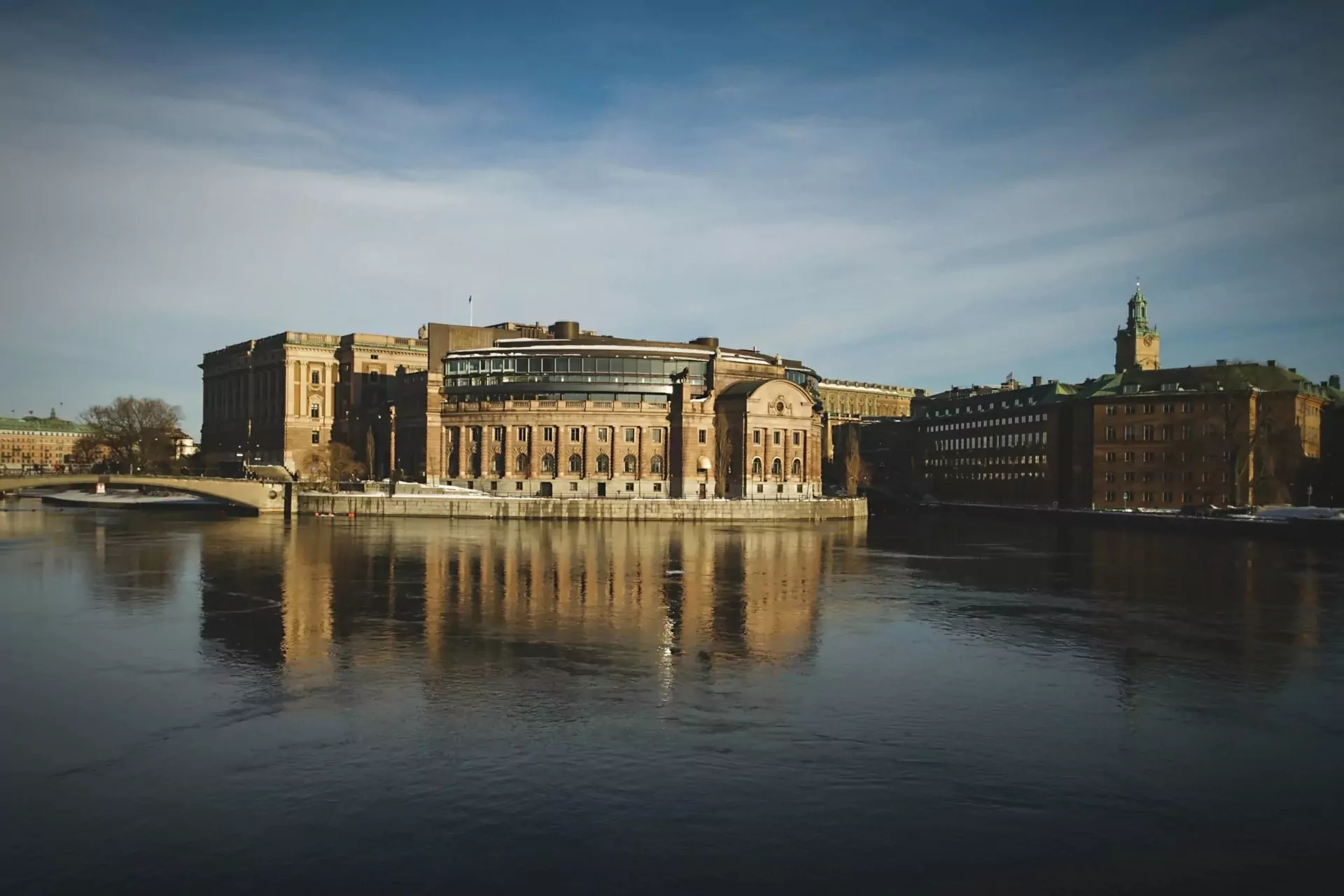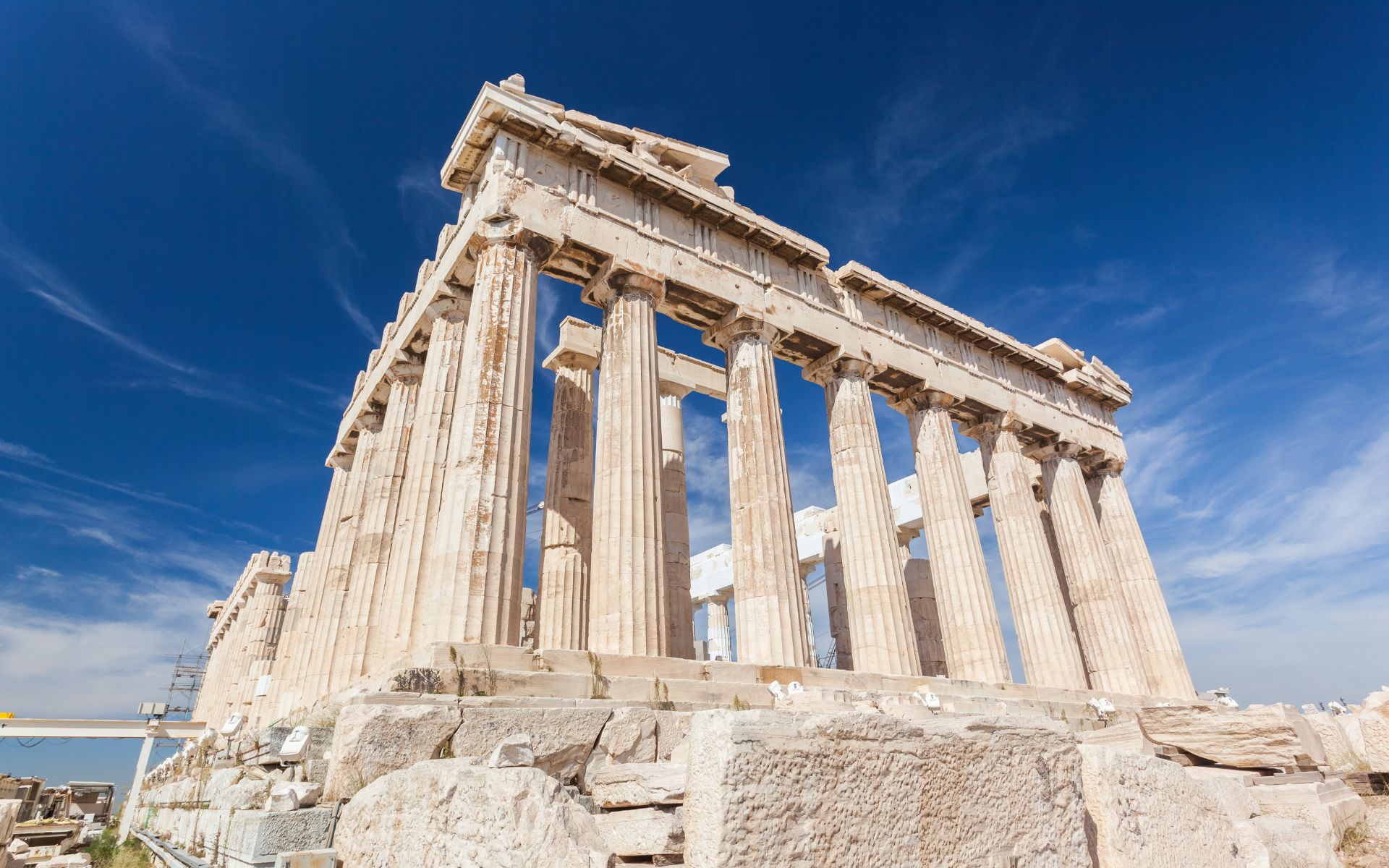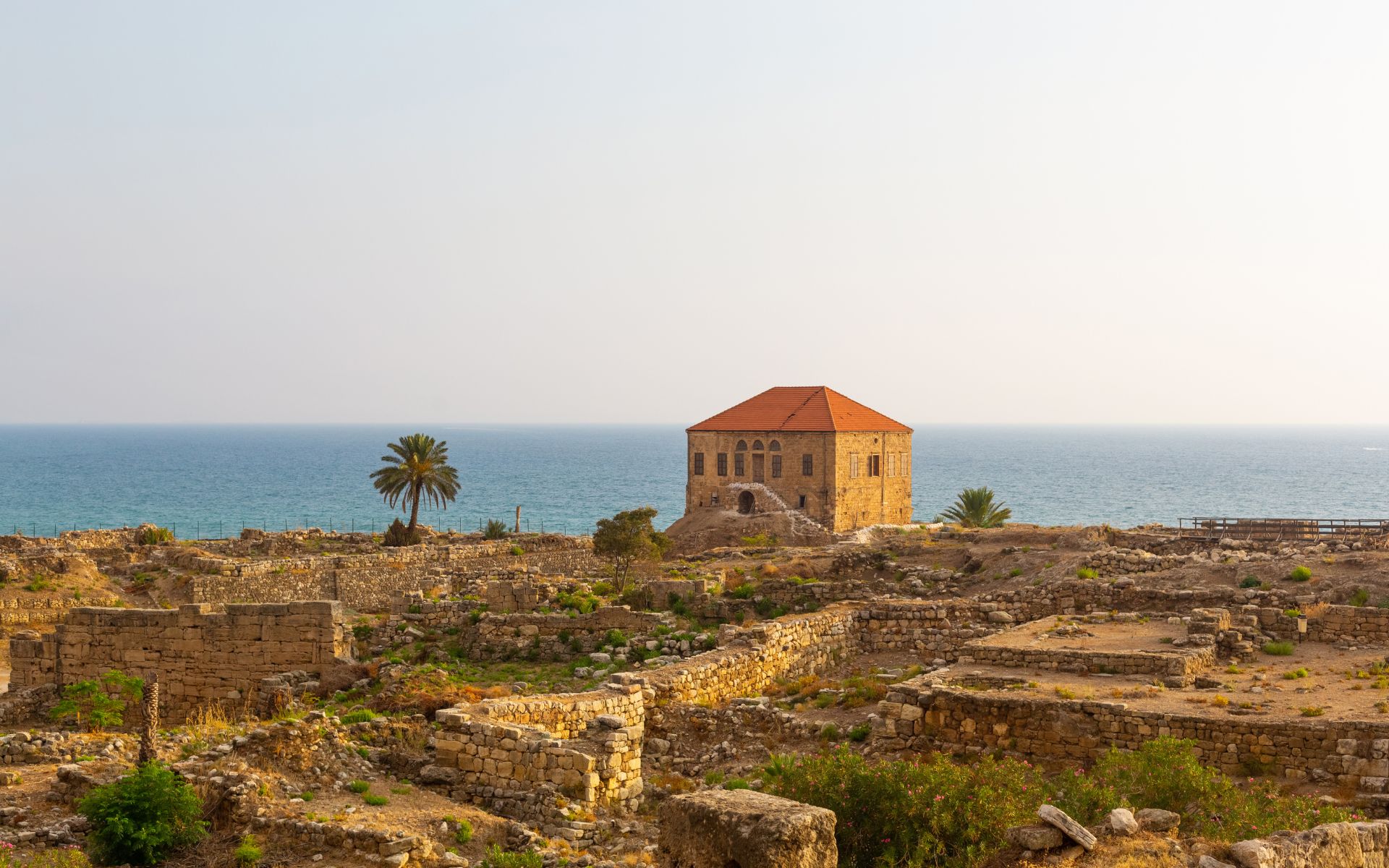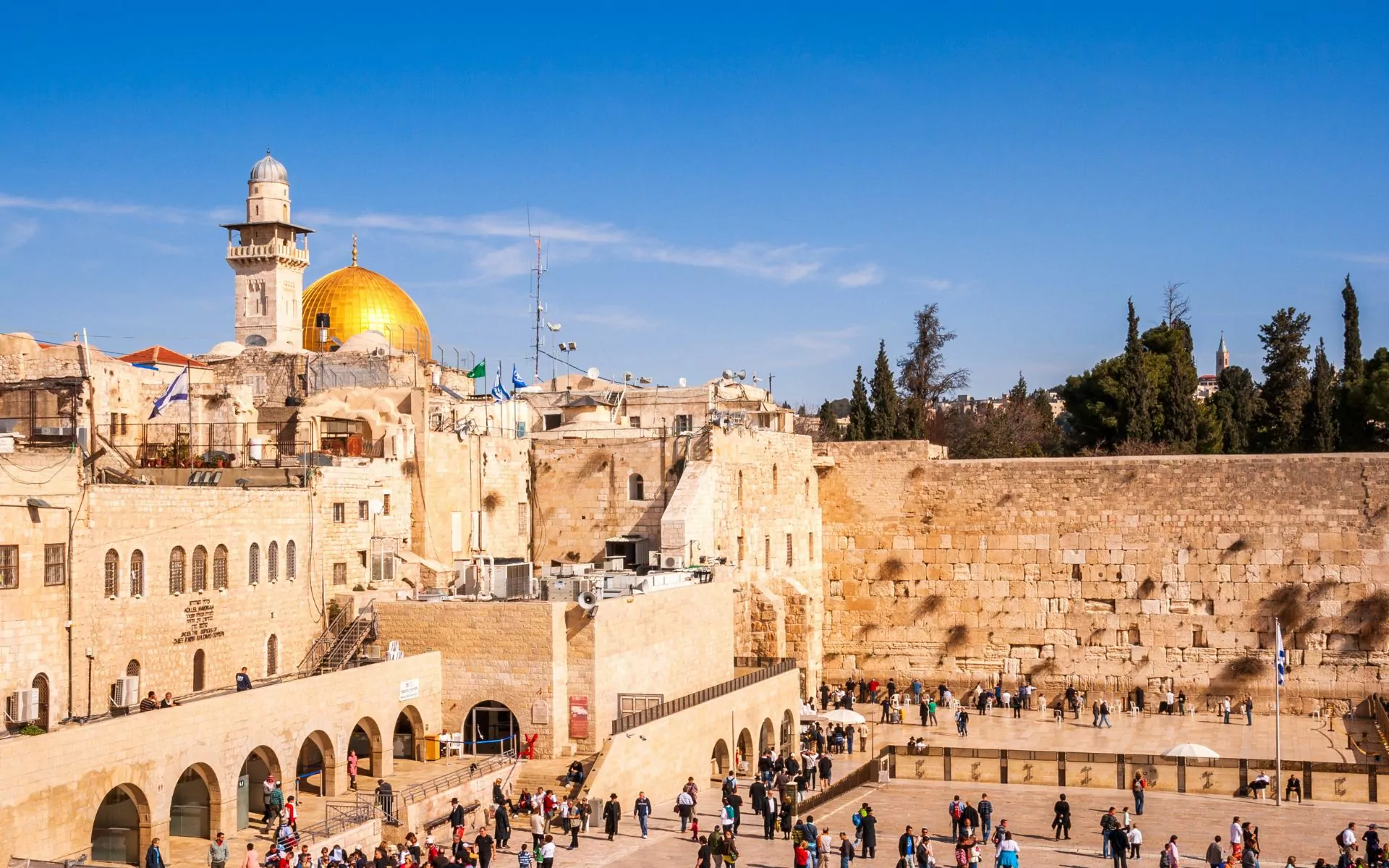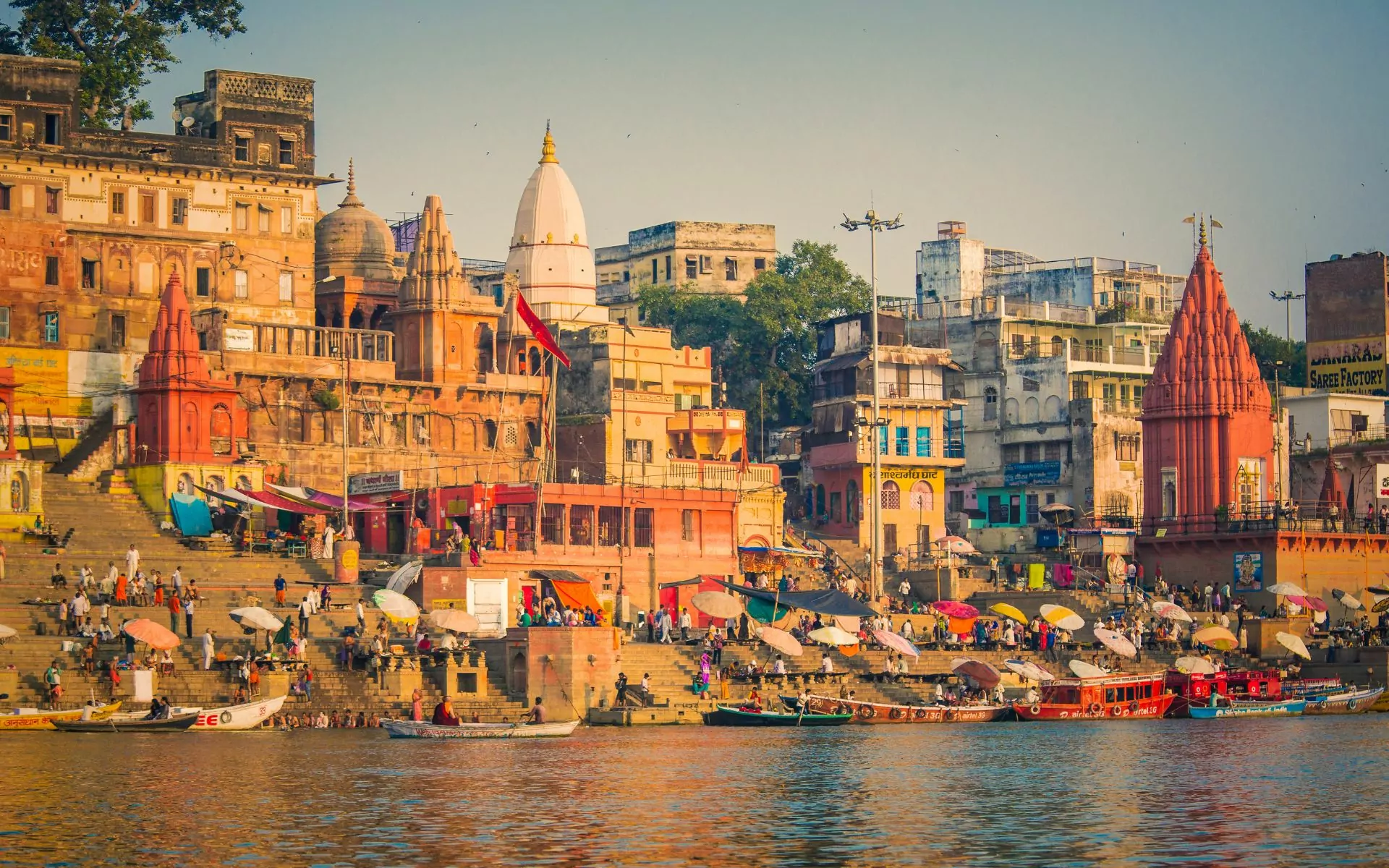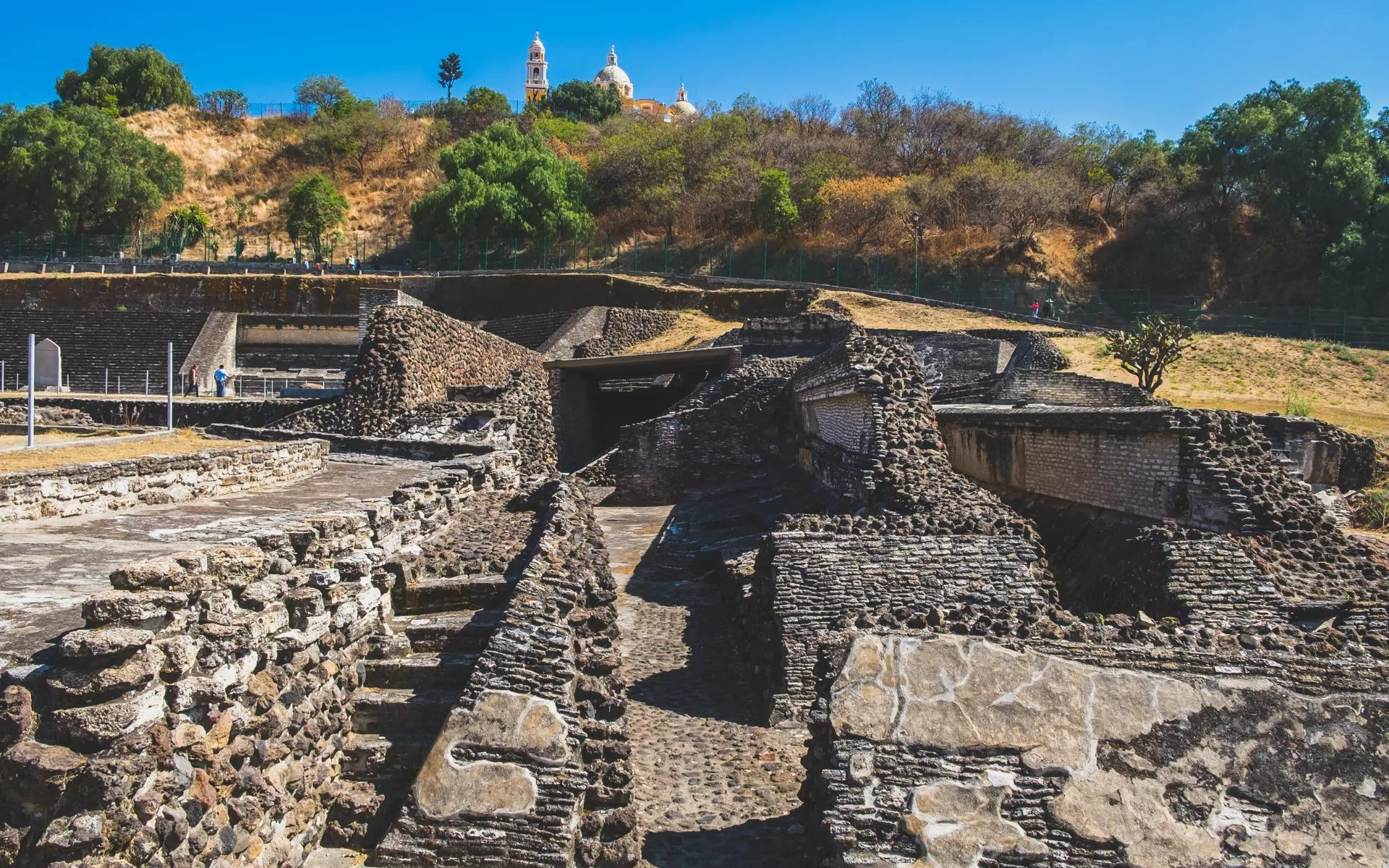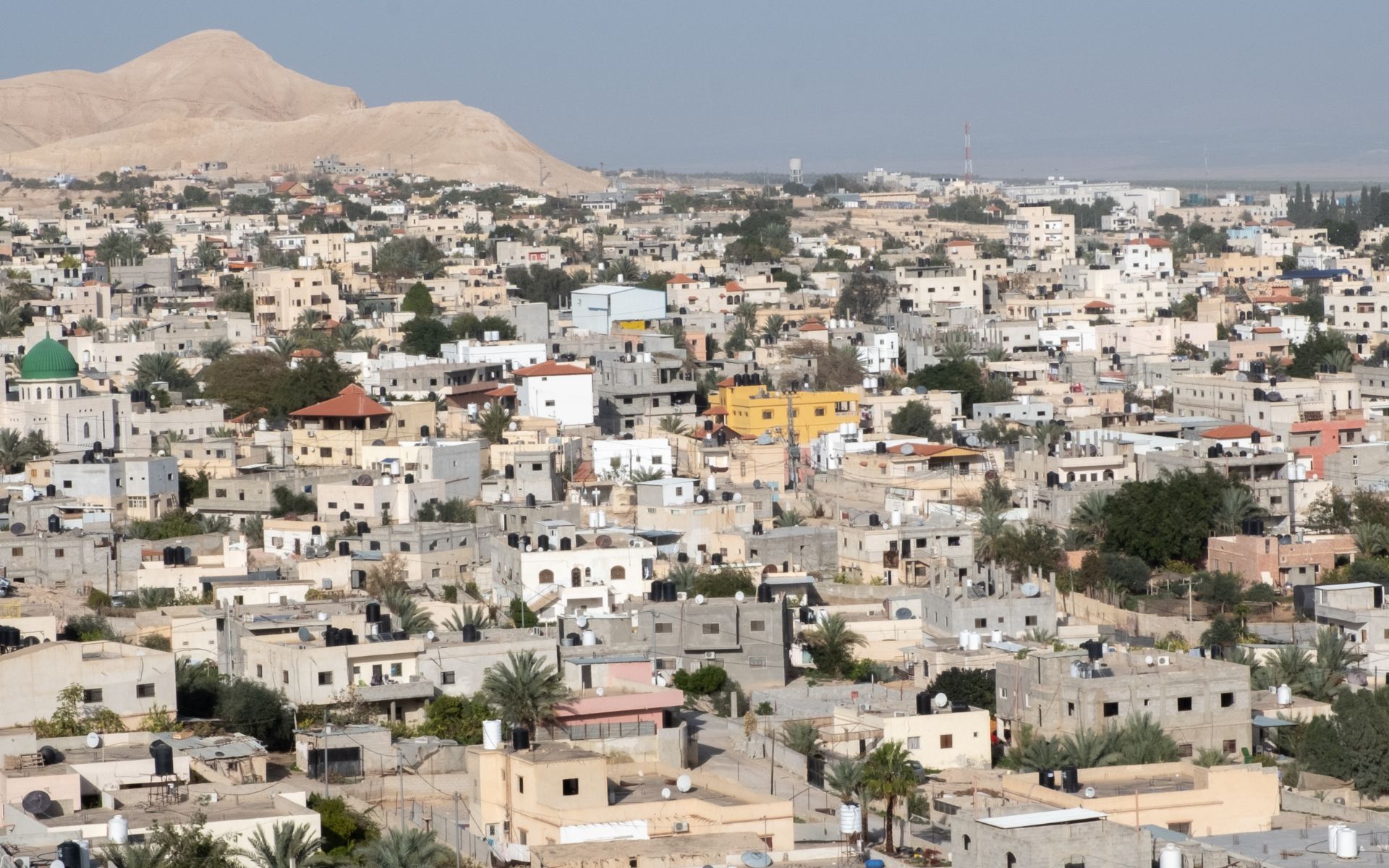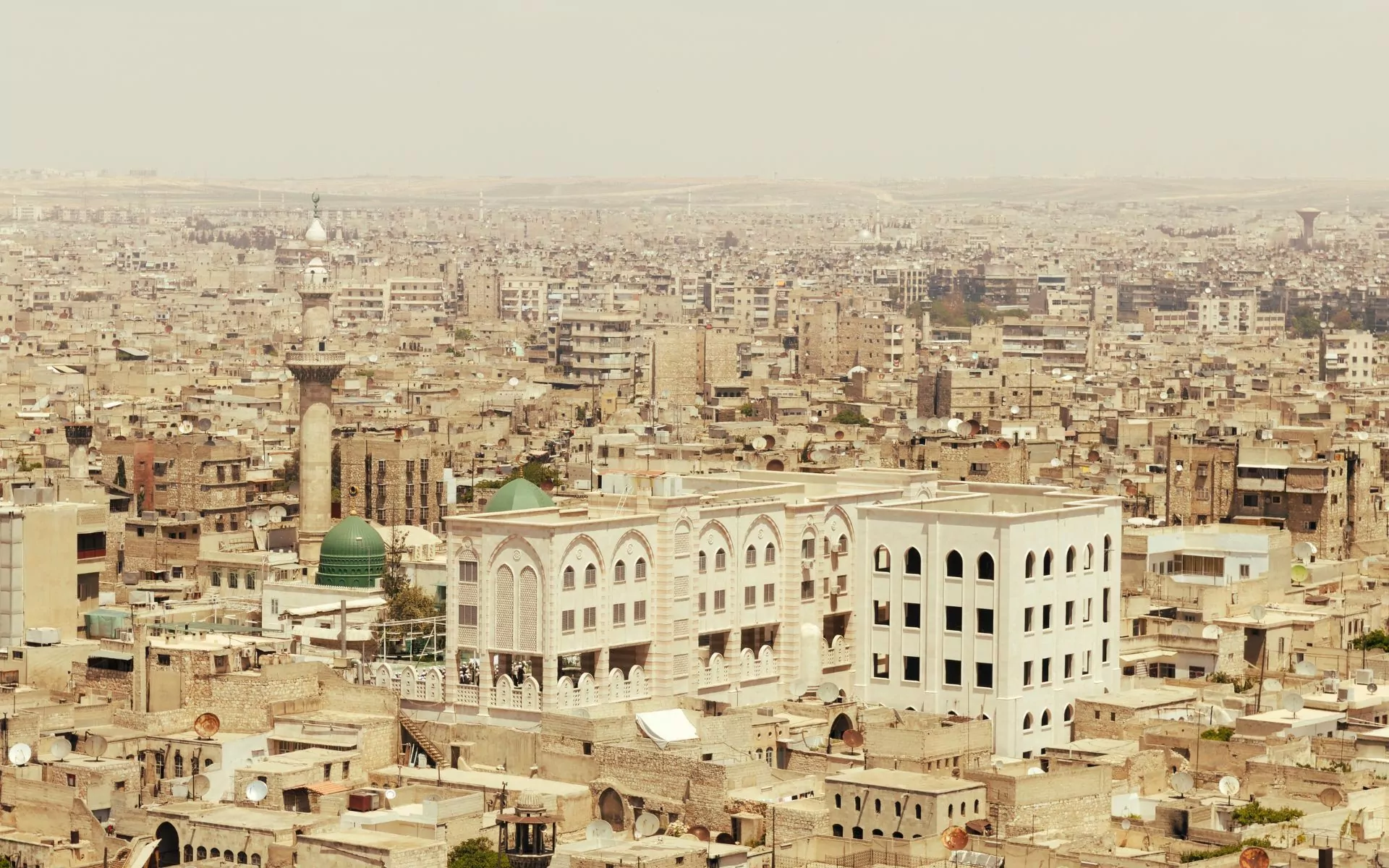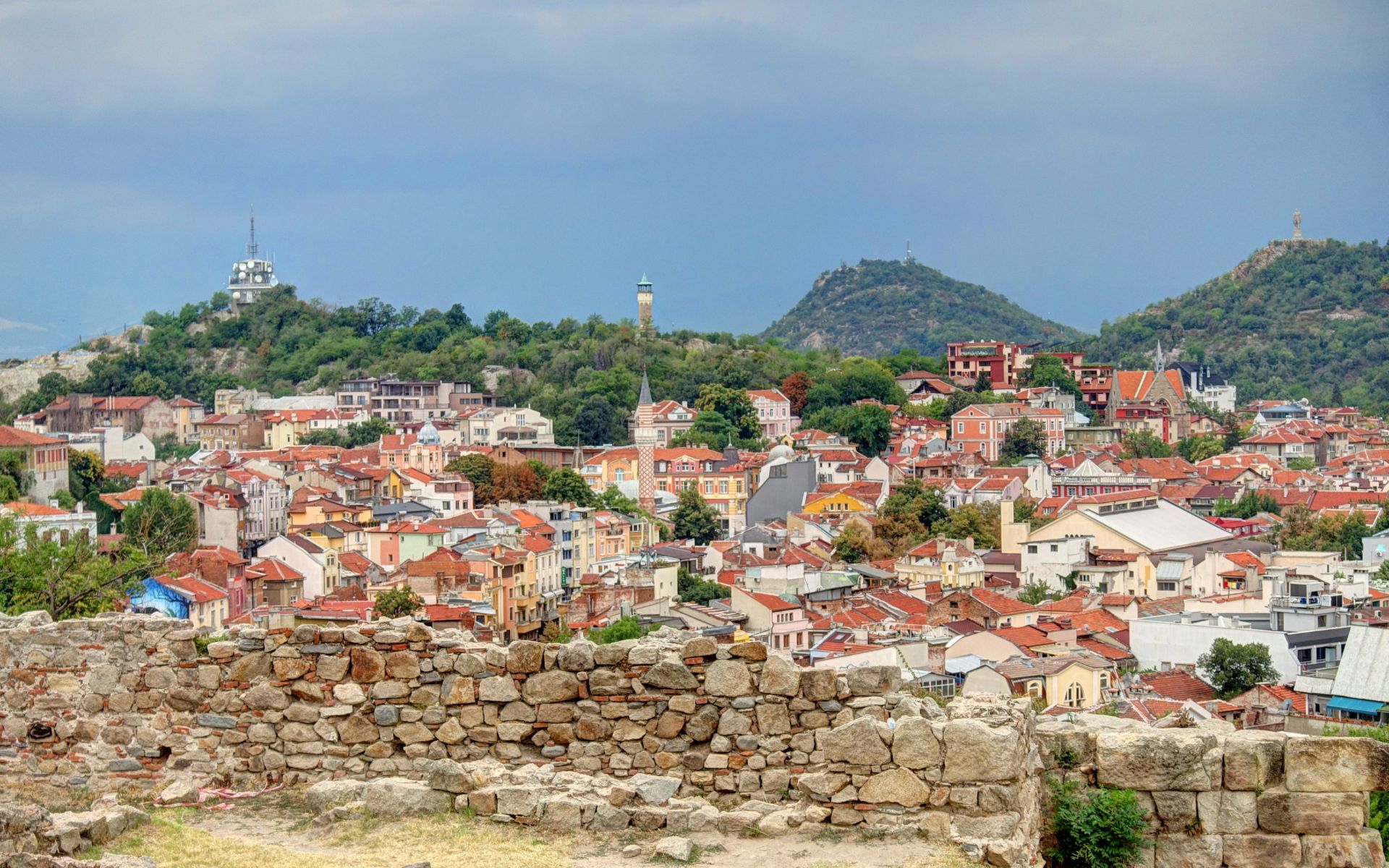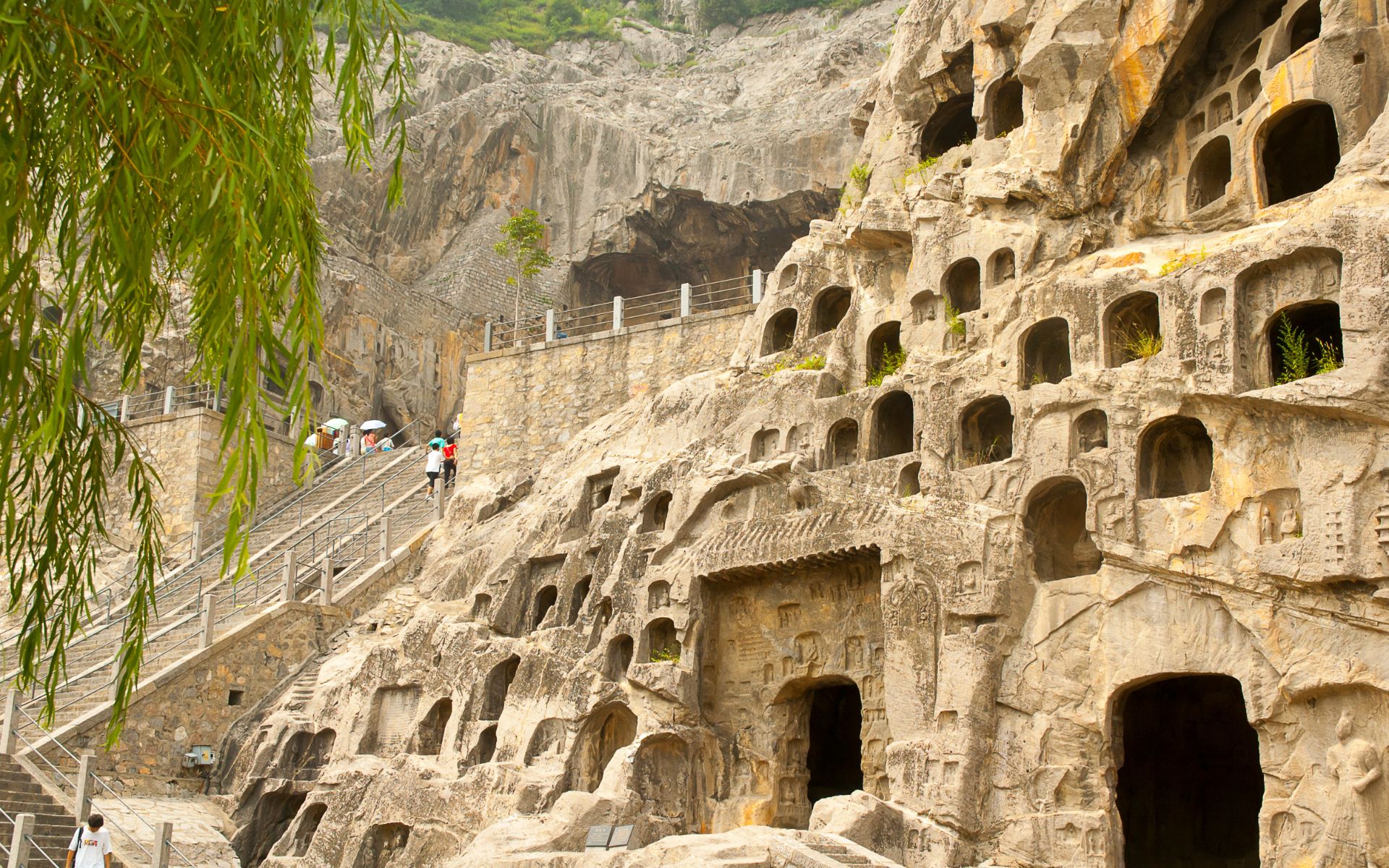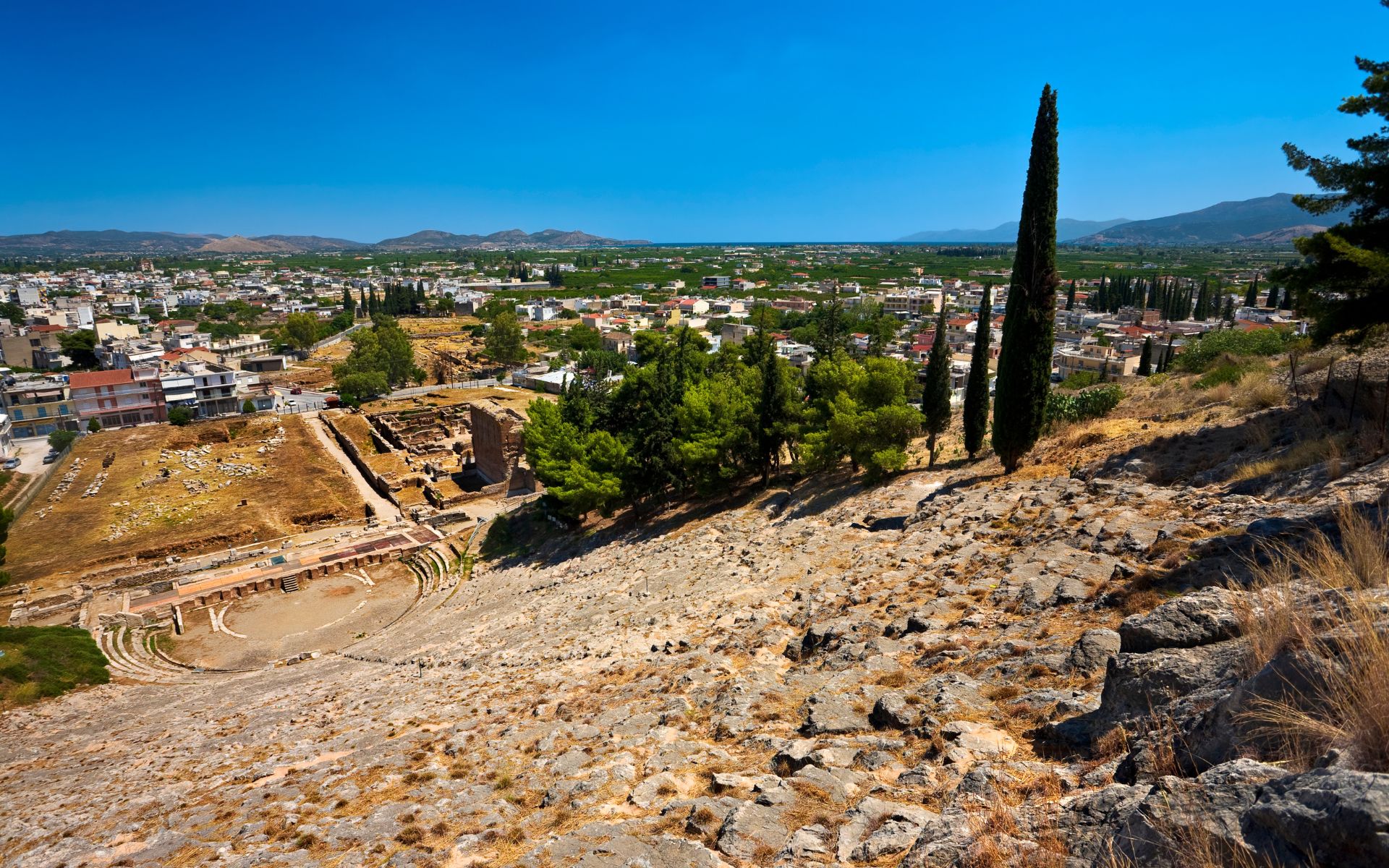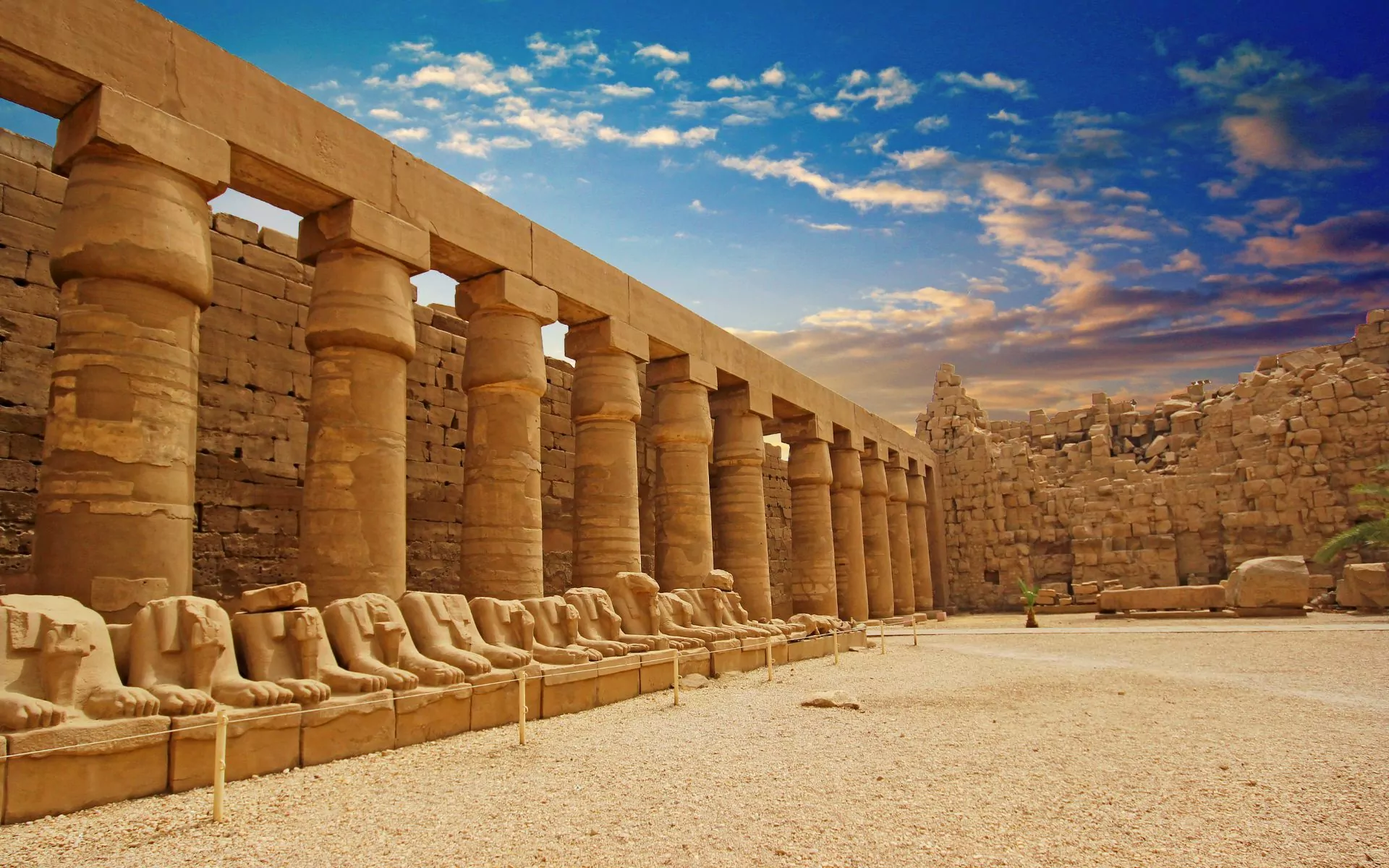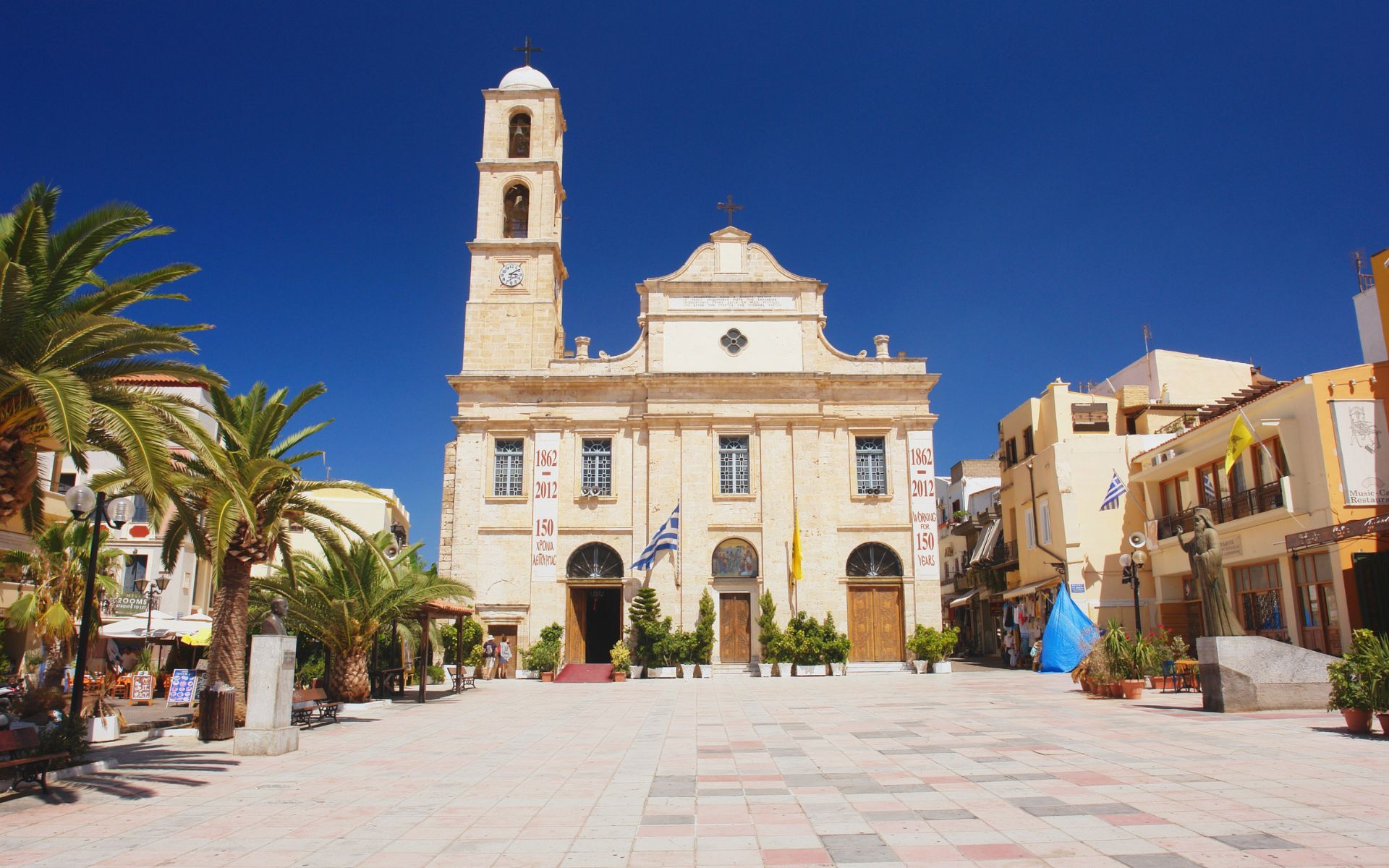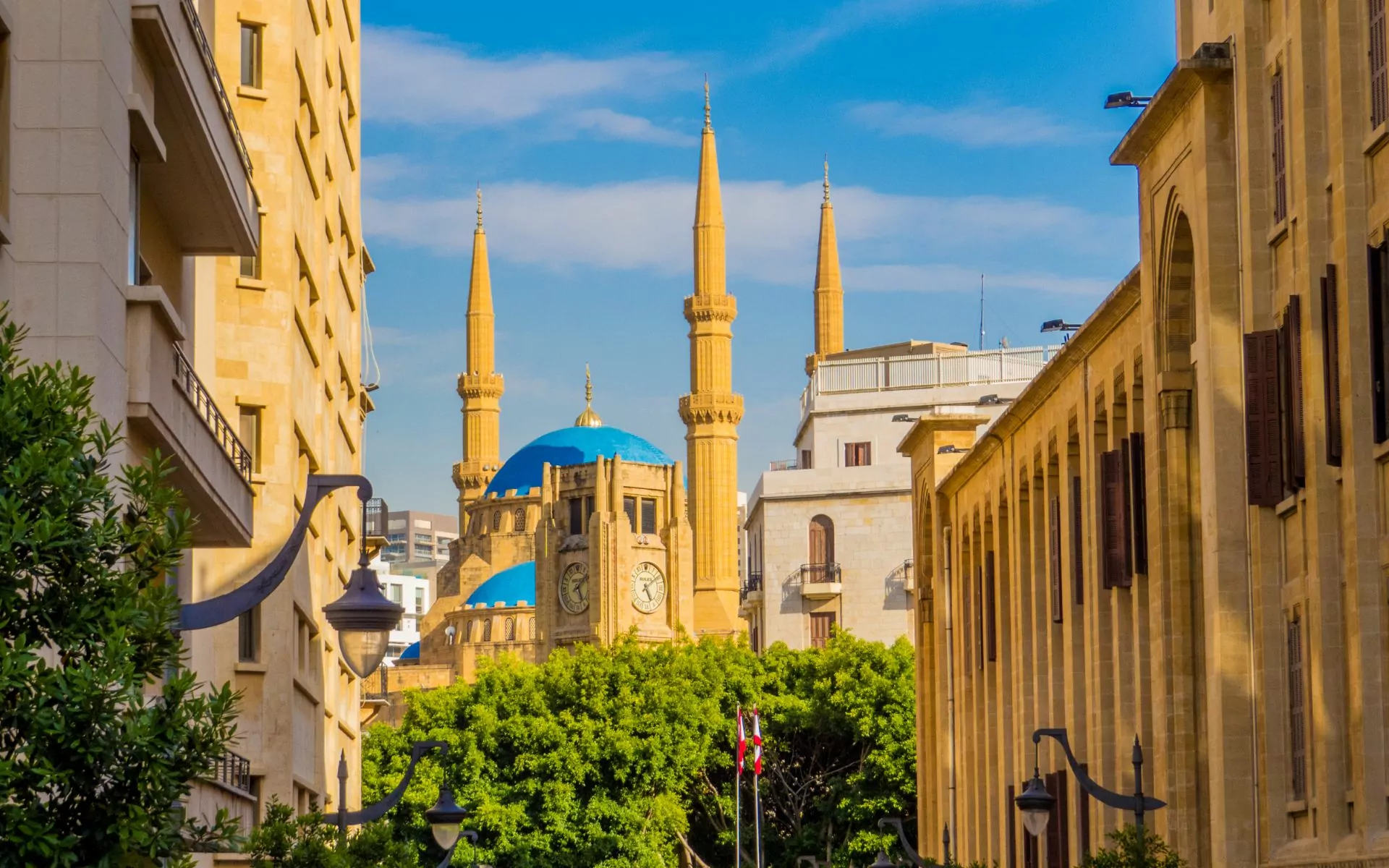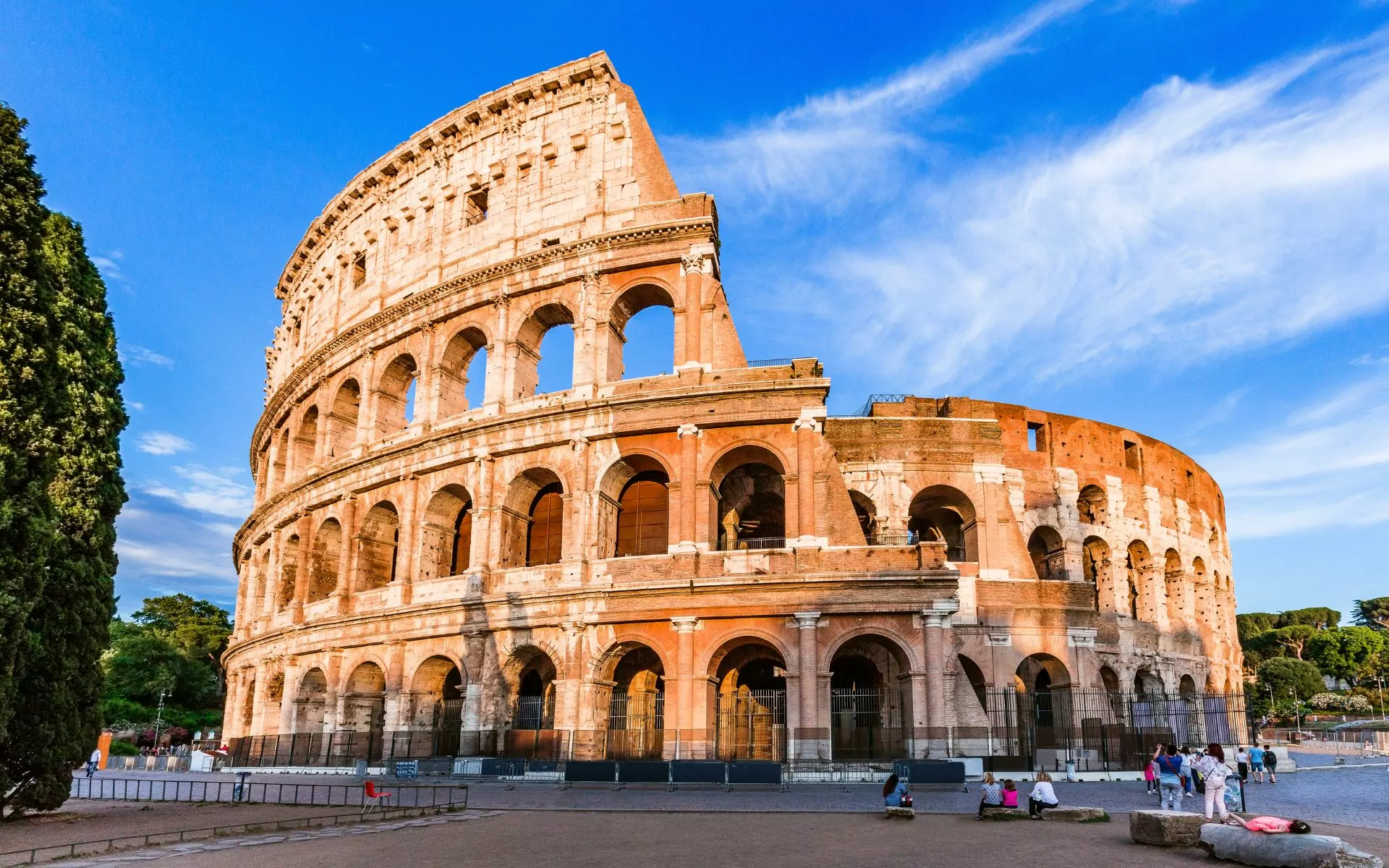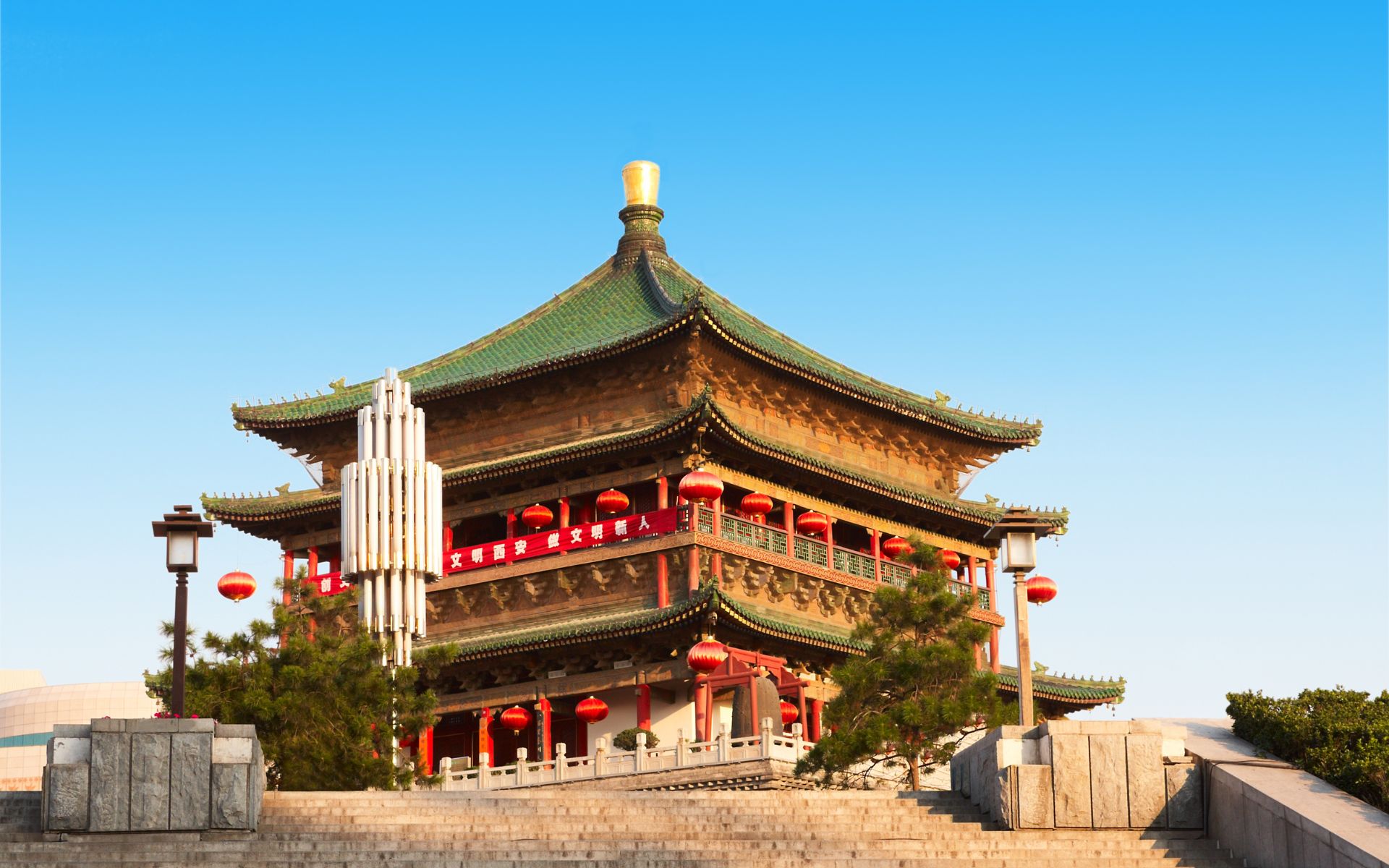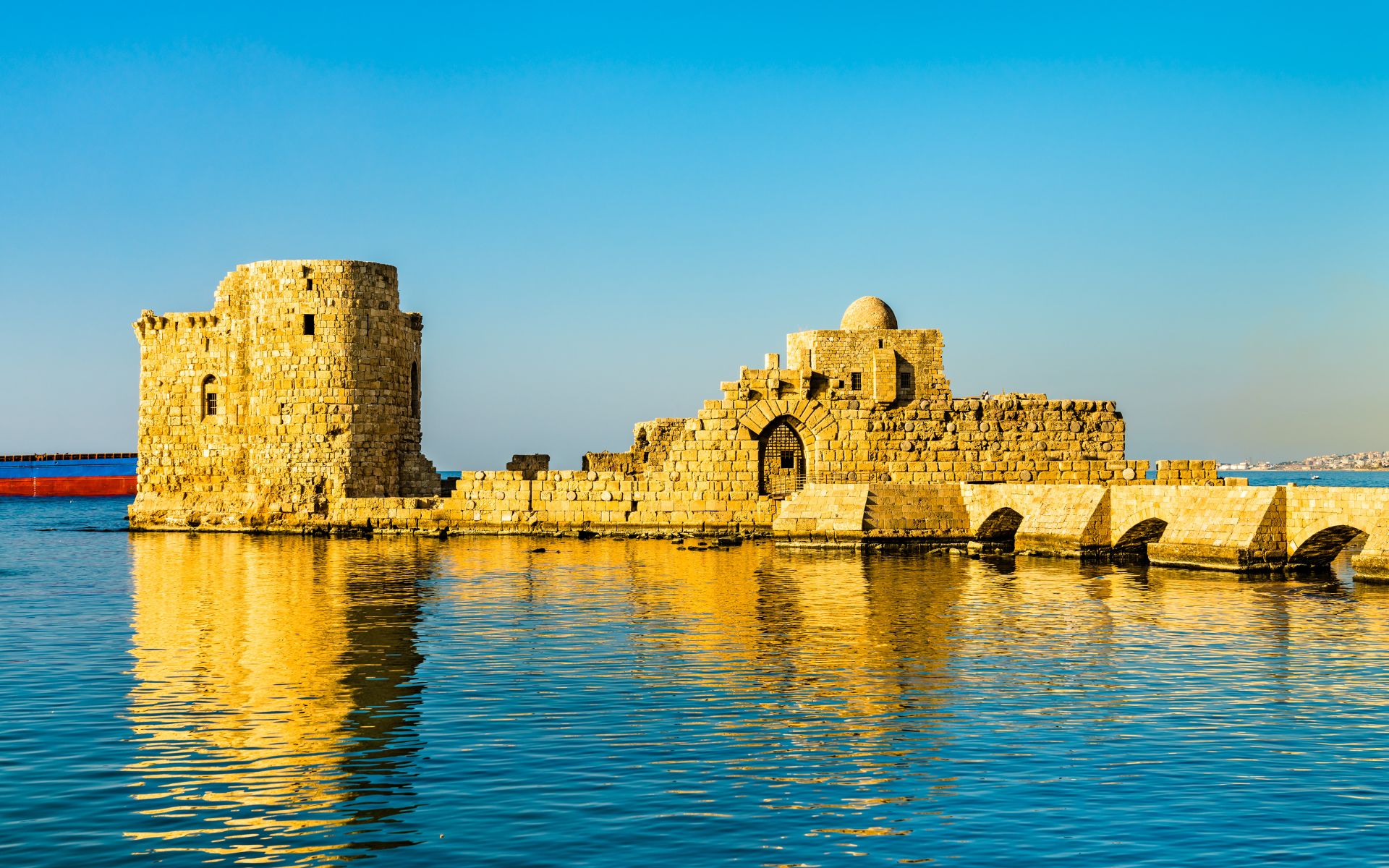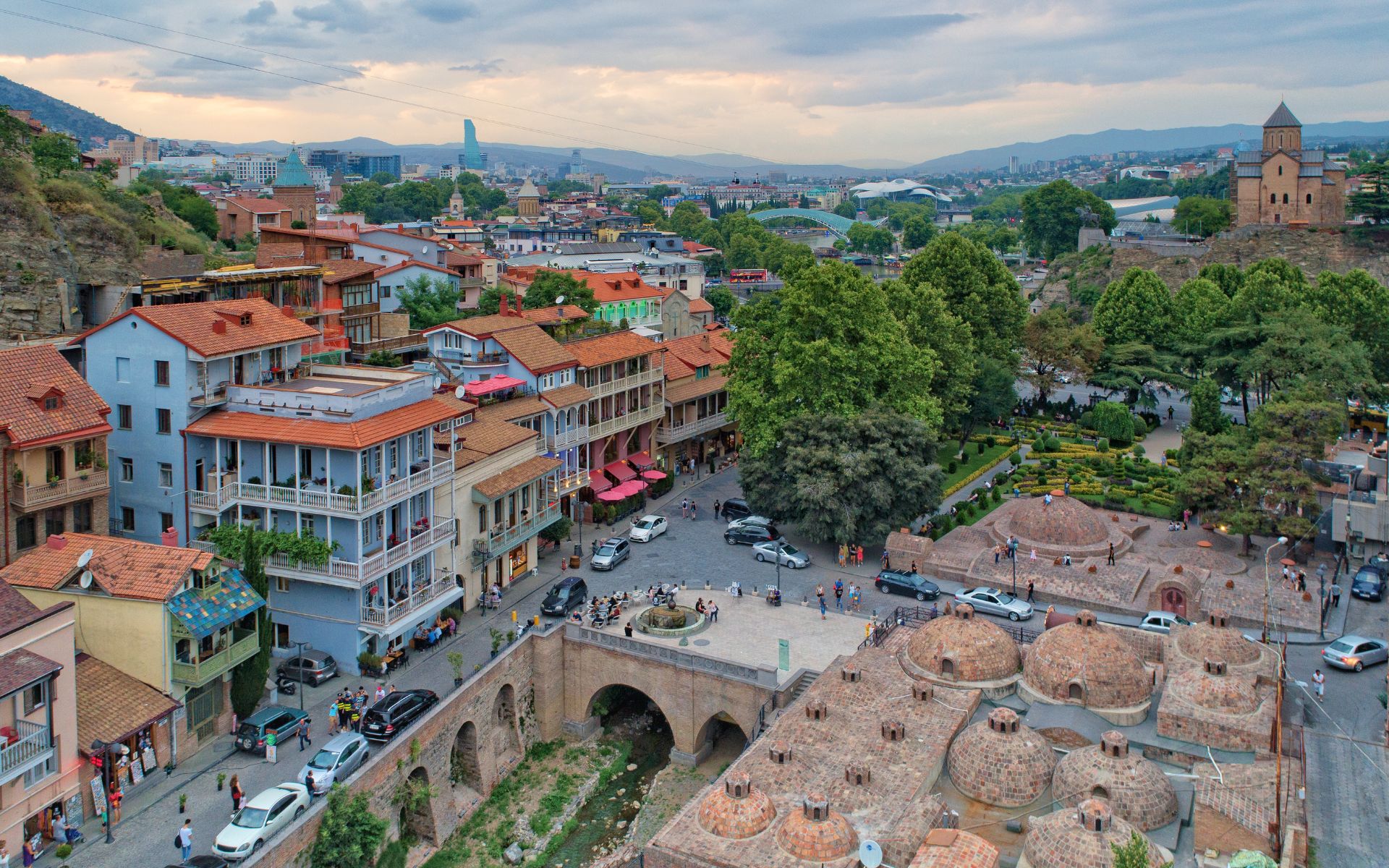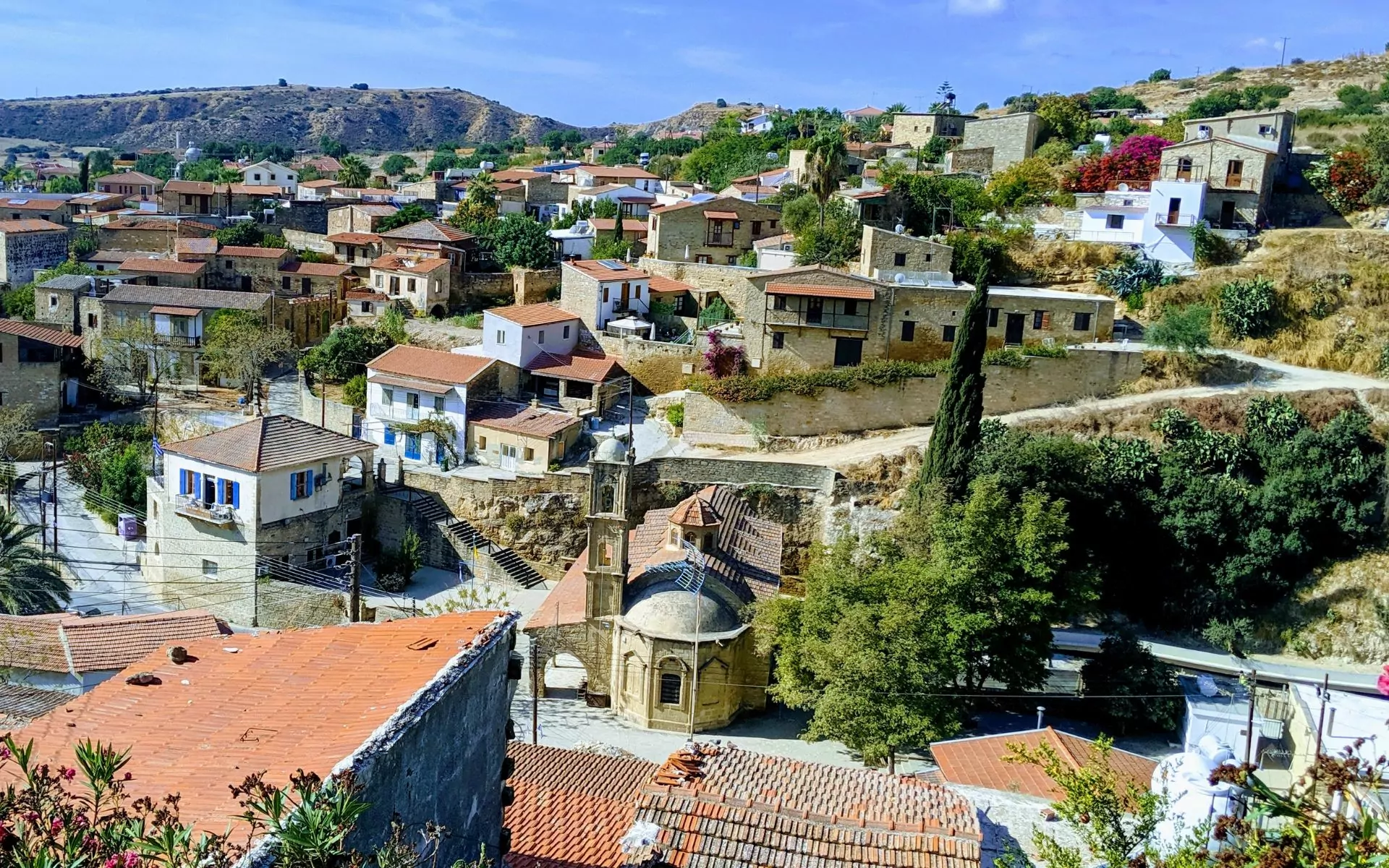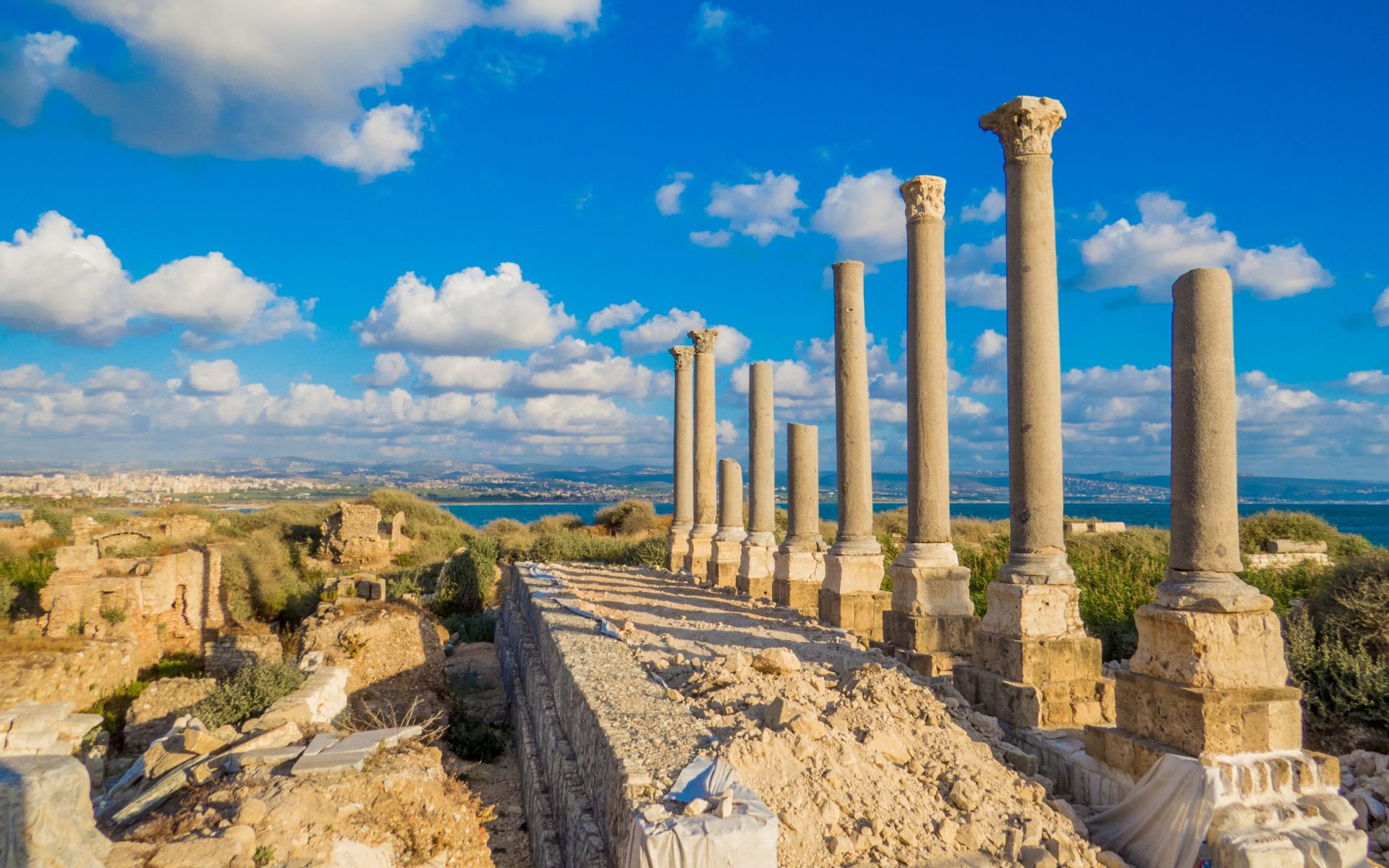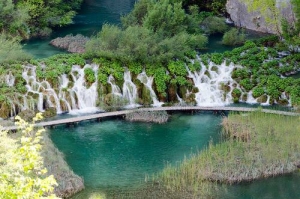20 World’s Oldest Cities
Cities with millennial history can offer you much more than just beautiful architecture and unique artifacts. They bear the signs of previous epochs and civilizations. They display the development of mankind with both positive and negative sides. These cities are full of amazing stories and legends, and they are the biggest lure for seasoned explorers. Read on to learn about the cities that are as old as the hills.
1Damascus, Syria – 10 000 BCE
As the capital of Syria, Damascus is not only the largest city in the country but also one of the oldest continuously inhabited cities in the world. Its history dates back to 10,000-8,000 BC, making it a rich cultural and historical heritage city. Historians still debate the exact founding date of Damascus, but what is certain is that the city has been an important cultural, commercial, and administrative center for millennia.
Situated at the crossroads of the orient and the occident, Damascus’s favorable geographical location has made it an essential hub for trade and cultural exchange throughout its long history. It has been a destination for local and overseas traders and craftsmen and a melting pot for various civilizations that have shaped its identity over time. The Hellenistic, Roman, Byzantine, and Islamic eras have all left their mark on this one of the oldest cities, creating a unique mix of architecture and culture.
The old-walled city of Damascus is a remarkable testament to its ancient history, boasting narrow alleys, green courtyards, and white houses. The city’s architecture and design are a reflection of the diverse influences that have shaped it over the centuries, making it a fascinating destination for tourists from all over the world. While the influx of visitors can be overwhelming at times, it is a testament to the enduring appeal and importance of this ancient city.
In recent years, Damascus has faced numerous challenges, including civil unrest and war. Despite these challenges, this one of the oldest cities in the world has persevered and remains an important cultural and historical center in the Middle East. It continues to attract visitors from all over the world who are drawn to its rich history, breathtaking architecture, and unique cultural offerings. For those seeking a glimpse into the past, Damascus remains one of the most intriguing and captivating cities in the world.
2Athens, Greece – 3000 BCE
The cradle of Western civilization, Athens is the capital of Greece, with a population of about 3 million people. Now it has been inhabited for more than 7,000 years, and the design of the city is marked by Ottoman, Byzantine and Roman civilizations. It’s the birthplace of outstanding philosophers, writers, dramatists, artists, and the classical style that they gave rise to.
Modern Athens is a cosmopolitan city, the cultural, media, educational, political, and industrial center of Greece. The historical center of the city is composed of the Acropolis (“high city”), a huge hill with the remnants of ancient buildings, and the Parthenon. Set only 280 meters away from the Parthenon and a mere 400 meters walking distance from it, the museum is the largest modern building erected so close to the ancient site. The hill has a marvelous view down the city.
Since Athens is acknowledged to be the archeological research center, it is full of historical museums, including the National Archaeological Museum, the Byzantine and Christian Museum, and the New Acropolis Museum. When visiting this oldest city, you shouldn’t miss the chance to visit the Port of Piraeus, which has been the most important part of the Mediterranean for centuries due to its geo-strategic location.
3Byblos, Lebanon – 7000 BCE
Byblos is another cradle of many ancient civilizations. Byblos is a city that is deeply rooted in the history of Phoenicia and is one of the oldest continuously inhabited cities in the world. It is directly related to the development of the Phoenician alphabet, which is still in use today. Interestingly, the English word Bible is derived from the name of the town, as it was an important port for importing papyrus.
Despite its ancient origins, Byblos has developed into a modern city with glass buildings and bustling streets. However, the city has retained its ancient heart, with a wealth of historical and cultural attractions for visitors to explore. From ancient citadels and temples to picturesque views of the Mediterranean, Byblos has a lot to offer tourists seeking to immerse themselves in the city’s rich history.
What is particularly striking about Byblos is the balance between tradition and sophistication. While the city has embraced modernity, it has done so in a way that respects and celebrates its ancient heritage. The result is a vibrant and fascinating destination that offers something for everyone, from history buffs to those simply looking to soak up the atmosphere of a truly unique and special place.
Read also – 10 Most Amazing Streets in the World
4Jerusalem, Israel – 2000 BCE
Jerusalem is one of the most-visited cities in Israel, and it is also the most important religious destination in the world. Jerusalem is known to be a holy place for Jews, Christians, and Muslims. According to the Bible, Jerusalem was founded as the capital city of the united kingdom of Israel by David. Nowadays, Jerusalem is inhabited by 800,000 residents, with Jewish comprising more than 60 percent of the population.
Over the years, Jerusalem has experienced multiple tragic events: it was exposed to numerous attacks, sieges, and destructions. The Old City was established 4 thousand years ago and is divided into four quadrants, today known as the Christian Quarter, the Muslim Quarter, the Armenian Quarter, and the Jewish Quarter.
In 1981 the Old Town was added to the List of World Heritage Sites in Danger. The modern city has spread far beyond the boundaries of the ancient center. Jerusalem bears an incredibly symbolic meaning for Jewish people from all over the world, as it signifies their desire to come back home.
5 Varanasi, India – 2000 BCE
India is a world-famous birthplace of ancient civilizations, religions, and spirituality, and it is also a cradle of the oldest world cities. The holy city of India, Varanasi, is located on the banks of the river Ganges, and it is considered to be one of the oldest cities in the world. The Hindus believe that the city was established by the God Shiva, and the history of the city goes back to the 12th century BC.
Varanasi, also known as Benares, has been a cult destination for pilgrims and wanderers. Mark Twain once said beautiful words about this city, “Benares is older than history, older than tradition, older even than legend, and looks twice as old as all of them put together.” Varanasi is an outstanding cultural and religious center with many celebrated poets, writers, and musicians concentrated in the city.
Varanasi had great industrial potential due to its high-end fabrics, perfumes, sculpture, and ivory. Nowadays, Varanasi is the center of arts and crafts. It can offer everything that one could imagine: brocade silk, carpet weaving, toys, glass and ivory works, perfumes, and various accessories and jewelry. Since I am a lover of ethnic handicrafts, Varanasi seems to be a true Eden for me!
6Cholula, Mexico- 500 BCE
Over 2,500 years ago, the city of Cholula developed from numerous scattered villages, and it had been a residence of various Latin-American cultures like the Olmecs, Toltecs, and Aztecs. The name of the town means “place of flight” in Nahuatl, and it was formerly called Acholollan. When the town was conquered by Spaniards, it began flourishing. Cortez once called Cholula “the most beautiful city outside Spain.”
Nowadays, it’s a small colonial town with a population of 60,000 residents. The most prominent attraction of the city is the Great Pyramid of Cholula, with the sanctuary on the top, which is known to be the largest man-made monument ever. The pyramid of Cholula is highly underestimated. It consists of multiple tunnels and caves with a total length of 8 kilometers. However, only 800 meters of these tunnels are transformed into passages and open to the public.
7Jericho, Palestine – 9000 BCE
Archeological digs have attested to the evidence of human habitation dating back almost 11,000 years ago, with at least 20 following settlements. But nowadays, Jericho is a small town with a population of 20,000 people. In the Hebrew Bible, it is called the City of Palm Trees.
Jericho is located in the center of Palestine, which means it’s an ideal place for routes and trade. Moreover, Jericho’s natural beauty and resources became the cause of numerous invasions to ancient Palestine. In the first century, it was destroyed by the Romans, rebuilt by the Byzantines, and destroyed again.
Jericho had been deserted for centuries. Over the 20th century, the territory of Jericho was occupied by Jordan and Israel. In 1994 the territory became part of Palestine. Jericho’s most famous sites include Tell es-Sultan, Hisham’s Palace, and Shalom al Yisrael Synagogue Mosaic Floor.
Read also – 10 Most Beautiful Natural Arches in the World
8Aleppo, Syria – 5000 BCE
The city of Aleppo is the largest in Syria, as it is inhabited by more than 2 million residents. Aleppo has an incredibly advantageous geographical location; it is situated in the center of the Silk Road, which connects Asia and the Mediterranean world. The territory of the city has been inhabited for more than 8,000 years, but archeological digs have found evidence of habitation that dates back to nearly 13,000 years ago. At various epochs, Aleppo was controlled by the Romans, Byzantines, and Ottomans, as a result, it has mixed architectural styles.
The old city is overfilled with caravanserais, schools, hammams, and churches of the 13th and 14th centuries. It is also defined by narrow alleys and big estates, while the modern part of Aleppo is characterized by broad roads and large squares. The interesting fact is that the old city of Aleppo consists of cell-like segments which are socially and economically independent. Aleppo had been subjected to permanent invasions and instability, and the residents were compelled to fortify the city. Aleppo is often called “the soul of Syria.”
9Plovdiv, Bulgaria – 4000 BCE
Plovdiv’s history goes back to 4,000 BC, which is proved by many Neolithic excavations. Over the centuries, Plovdiv has been ruled by many empires, though originally it was a Thracian city. Later it was conquered by the Romans. In the Middle Ages, Plovdiv was an alluring territory for the Bulgarian, Byzantine, and Ottoman Empires. Only in 1885, the city became a part of Bulgaria. Nowadays, it’s the second largest city in Bulgaria, and it’s a significant economic, educational, and cultural center.
I have been obsessed with the city for years. Last summer, I was lucky to spend a couple of days in this magnificent city, and I just fell in love with its narrow paved streets, neat beautiful houses, and marvelous ancient architecture! The Old Town is definitely worth seeing. It is overwhelmed with restaurants, workshops, and museums that were previously famous houses. Archeological sites, museums, churches, and temples are also must-see places in Plovdiv.
10Luoyang, China – 2100 BCE
While most old cities are located in the Mediterranean, Luoyang stands out as the oldest continually inhabited city in Asia. It is included in the Seven Great Ancient Capitals of China. The city is also considered to be the geographical center of China and the cradle of Chinese culture and history. There is no other city in China that has lived out so many dynasties and emperors like Luoyang.
With such a long and exciting history, Luoyang has really a lot to offer. The Longmen Grottoes, which was included in the list of World Heritage Sites in 2000, and numerous historic Buddhist temples are real attractions for tourists from all over the world. Luoyang is also famed for the White Horse Temple, the first temple established in China.
Read also at Womanitely – 10 World’s Most Beautiful National Parks
11 Argos, Greece – 3000 BCE
Argos is a city with a rich history that spans thousands of years. It was founded around 3,000 BC and has been continuously inhabited ever since, making it one of the oldest cities in the world. Despite its age, Argos is not just a relic of the past – it is a thriving city with a population of around 22,000 people.
One of the most impressive sights in Argos is the ancient theater, which dates back to the 4th century BC. It could hold up to 20,000 spectators and was used for a variety of events, including theatrical performances, musical concerts, and political assemblies. Today, the theater is still used for performances and is a popular tourist attraction.
Another must-see site in Argos is the Heraion, an ancient sanctuary dedicated to Hera. It was built in the 8th century BC and was one of the most important religious centers in the ancient world. In addition, the site contains the remains of several temples, including a large Doric temple that was considered one of the seven wonders of the ancient world.
12 Luxor, Egypt – 3200 BCE
Luxor has been famous since before Christ. You can walk around the city even without a guide – there is something to see everywhere. Formerly called Ouacet, the former capital of ancient Egypt is impressive beyond belief. It is believed to have been founded more than 5,000 years ago.
All the attractions are concentrated on the right and left banks. Accordingly, the right bank is the “city of the living,” while the left is the “city of the dead.” The right bank attracts tourists with its ancient buildings, namely the Luxor and Karnak temples. In the evening, the structures look especially beautiful. Karnak Temple is famous for 134 columns painted with bas-reliefs. Next to the temple is a small lake with a sculpture of a granite scarab beetle. Luxor temple dates back to the 13th century BC and is about 250 meters long. Archaeologists claim that there used to be massive statues in front of its entrance, each one 20 meters in height. Now only Ramses II and Nefertari are preserved.
The Left Bank has preserved the Valley of the Kings, which served as a cemetery of the rulers of ancient Egypt. Of historical significance is the tomb of Tutankhamun, located here. Rock tombs were almost destroyed. However, they kept the drawings that decorated the tomb of the pharaohs. Local guides will colorfully describe the history of each ruler, set out on the walls of his grave. Another attraction worthy of a visit is the funerary temple built in the name of Amon Ra. It is famous for its statues, huge by the standards of the time. The city is worth a simple walk-through. The atmosphere of antiquity that reigns around will leave pleasant memories.
13 Chania, Greece – 1400 BCE
Chania is a charming city on the northern coast of Crete, Greece, that dates back more than 4,000 years. The city has been inhabited by various civilizations throughout the centuries, including the Minoans, Venetians, and Ottomans. This has resulted in a unique cultural heritage that can still be seen today.
One of the must-visit attractions in Chania is the Old Town. It is a maze of narrow streets and alleyways lined with colorful Venetian buildings, Ottoman mosques, and Byzantine churches. The Venetian harbor is the centerpiece of the Old Town and is a great place to relax and enjoy a coffee or a meal while taking in the views.
In addition, the Archaeological Museum will surely impress you. It is located in a former Venetian monastery and houses a collection of artifacts from prehistoric times to the Roman era. The museum’s highlights include Minoan pottery, Roman sculptures, and Byzantine icons.
The Maritime Museum of Crete is an excellent tourist destination for those interested in maritime history. It is located in the Firkas Fortress, built by the Venetians in the 17th century to protect the harbor. The museum’s exhibits focus on Crete’s naval history, including ship models, maps, and weapons.
14 Beirut, Lebanon – 3000 BCE
Beirut, the capital of Lebanon, is one of the world’s oldest cities, with a history of more than 5,000 years. The city has gone through many ups and downs throughout its long history, including invasions, wars, and natural disasters. However, it has managed to emerge as a vibrant and dynamic city that attracts visitors from all over the world.
Beirut is a city full of history and culture, and there are many must-visit attractions for visitors. The National Museum of Beirut and Mohammad Al-Amin Mosque are two highlights not to be missed. The former offers a glimpse into Lebanese history with its collection of ancient artifacts from different periods, while the latter is a beautiful example of modern Islamic architecture worth exploring.
For those interested in history, the Roman Baths are a must-see attraction. They are a significant site that provides insight into the Roman way of life and are considered one of the most important Roman sites in the city. Finally, the Beirut Souks offer a unique blend of modern shopping and dining experiences set amongst beautifully restored historic buildings. Whether you’re interested in history or culture or just looking for a place to shop and relax, Beirut has something to offer everyone.
15 Rome, Italy – 753 BCE
Rome, Italy, has a rich history that dates back more than 2,500 years. Founded in 753 BC, Rome has been the center of Western civilization for centuries and is known as the “Eternal City” for its enduring influence and significance.
One of the most iconic landmarks in Rome is the Colosseum. Completed in 80 AD, this ancient amphitheater was used for gladiatorial contests and public spectacles. Today, visitors can tour the ruins and learn about its history, making it a great attraction for anyone interested in ancient Rome.
Another famous landmark is the Pantheon, a former Roman temple that is now a church. Built in 126 AD, the Pantheon is famous for its massive dome and well-preserved interior. It is also the final resting place of several famous figures, including Raphael and Victor Emmanuel II.
16 Xi’an, China – 3100 BCE
Xi’an is a Chinese city with a rich cultural heritage that goes back more than 3,000 years. It was known as Chang’an and served as the capital for 13 dynasties with a total of 73 emperors, which is why it is regarded as the birthplace of Chinese civilization. Few cities in China have such a lengthy and influential history as Xi’an.
The city’s historical highlights are numerous, but the iconic Army of Terracotta Warriors stands out as the most famous. The discovery of the Terracotta Army is one of the most significant archaeological discoveries of the 20th century, and it has since become an essential part of China’s cultural heritage. The Terracotta Army is made up of thousands of life-size clay soldiers and horses that were buried with the first Emperor of China, Qin Shi Huang, to protect him in the afterlife.
Visitors to Xi’an will discover a city full of fascinating historical sites, such as the ancient city wall that encircles the city center. The wall is more than 14 kilometers long, and it is possible to walk or cycle along its length, taking in the views of the city and its surroundings. Other must-see sites include the Big Wild Goose Pagoda, which dates back to the Tang Dynasty, and the Great Mosque of Xi’an, one of China’s oldest and most significant mosques.
17 Sidon, Lebanon – 6000 BCE
Sidon, Lebanon, has been inhabited for at least 6,000 years. It is known to be one of the most important Phoenician cities due to its strategic location as an essential port on the Mediterranean. The city is the third-largest in Lebanon and is part of the South Governorate. It is known for its remarkable glass production, which has made the city wealthy and popular, and for its advancement. The Phoenicians were also renowned for their boat-building craftsmanship and for sailing the Mediterranean Sea.
Throughout its long history, Sidon has been a significant trading center and a hub for commerce and communications. It has been the home of many influential empires and peoples, such as the Assyrians, Babylonians, Persians, and Romans. During the Middle Ages, the city had many dynasties and rulers, most notable being the Mamluks and the Ottomans in the 16th and 17th centuries. Sidon has also been known for its cultural progressiveness, art, and architecture. The city has seen many wars and conflicts but has always been able to rebound and remain strong and vibrant.
Sidon is an important part of Lebanon’s history and culture. Its deep-rooted traditions and culture remain integral to the country’s identity, and many of Sidon’s architectural and archaeological sites are included in the Lebanese National Heritage List. This one of the world’s oldest cities is also renowned for its vibrant nightlife, exquisite seafood, and excellent shopping destinations.
In spite of its turbulent past, Sidon is an incredibly resilient city, and it continues to be a major center of activity and a crucial port on the Mediterranean. The city has maintained its vibrant culture, impressive monuments, and a strong sense of identity. Its continued progressiveness and cultural progressiveness make it an important part of the region and a major source of inspiration for its citizens.
18 Tbilisi, Georgia – 4000 BCE
Tbilisi, the capital city of Georgia, is a city rich in history and culture that dates back to the 5th century. Located on the banks of the Kura River, the city has been ruled by Persians, Arabs, Mongols, Ottomans, and Russians, which has left its mark on the city’s architecture and culture.
Don’t miss out on Tbilisi’s Narikala Fortress, an ancient stronghold from the 4th century that provides breathtaking city views. The Old Town is another essential stop with its charming narrow streets, traditional Georgian architecture, and several churches to explore, including the Anchiskhati Basilica, the oldest surviving church in Tbilisi, and the Sioni Cathedral.
The Georgian National Museum is a must-visit for history and art enthusiasts, offering a vast collection of artifacts that showcase Georgia’s rich cultural heritage. The museum has something for everyone, from ancient gold jewelry to contemporary art. And, of course, no visit to Tbilisi would be complete without savoring some traditional Georgian cuisine like khinkali and khachapuri, along with the distinct Georgian wine, a product of the region’s winemaking history that spans millennia.
19 Larnaca, Cyprus – 1400 BCE
Larnacahas a rich and diverse history dating back more than 4,000 years. Originally founded by the Phoenicians as “Citium,” the city has been ruled by various civilizations, each leaving its mark on the city. Larnaca is a popular tourist destination known for its picturesque seafront and stunning beaches.
This one of the oldest cities in the world offers visitors a perfect blend of history, culture, and relaxation. The palm-lined promenade is ideal for a stroll, and the city’s stunning beaches, particularly Finikoudes Beach, are perfect for relaxation. Cultural highlights include the Hala Sultan Tekke Mosque, an influential Islamic pilgrimage site, and the exquisite St. Lazarus Church, which contains the tomb of St. Lazarus.
For history buffs, the Larnaca Archaeological Museum is a must-see destination. Its impressive collection of artifacts from the Neolithic to the Roman era, such as pottery, jewelry, and coins, is housed in a beautifully restored 19th-century building, offering a fascinating insight into the city’s rich past.
20 Tyre, Lebanon – 2750 BCE
In modern-day Lebanon, Tyre is a city with rich and ancient history. In fact, it is considered one of the oldest continuously inhabited cities in the world. The town was first settled in approximately 2750 BC by the Phoenicians, who established a thriving trading community.
Although Tyre has a long and complex history, one of its most significant periods was during the Phoenician era. At its height, Tyre was a powerful and wealthy city that dominated the Mediterranean trade routes. The Phoenicians were skilled seafarers and traders, and they established colonies throughout the region, including Carthage in North Africa.
Today, visitors to Tyre can explore the ancient ruins of the city’s Phoenician past. These include the remains of the old Phoenician town beneath the present city. In addition, there are also several well-preserved examples of Roman and Byzantine architecture, such as the triumphal arch, the hippodrome, and the Roman baths.
In addition to its historical significance, Tyre is a vibrant and modern city that offers visitors a taste of Lebanese culture. The city is known for its delicious seafood, and visitors can enjoy fresh and locally caught fish at one of the many restaurants in the city. The city also has a bustling souk, or marketplace, where visitors can shop for traditional handicrafts, spices, and other goods.
Time and age are not the things we appreciate or look forward to, but when it comes to the cities, most of us want to visit the world’s oldest cities. Centuries always add a touch of greatness and majesty to the city; they leave the mark of the epoch and civilization. You can actually read the city when you look at its architecture, layout, and sights. These are just a few of the oldest and most fascinating cities in the world that I recommend you visit. Have you ever visited any of the oldest cities in the world?
Below, we have compiled a list of the most interesting questions about the world’s oldest cities:
